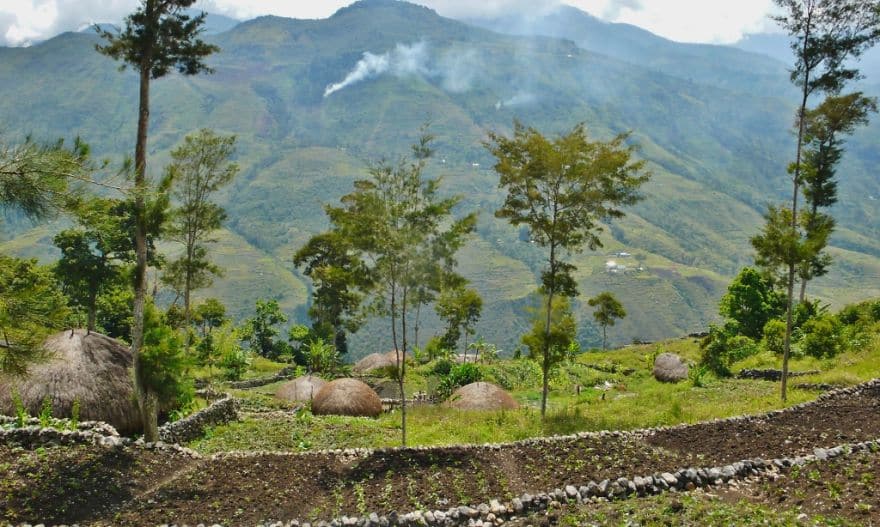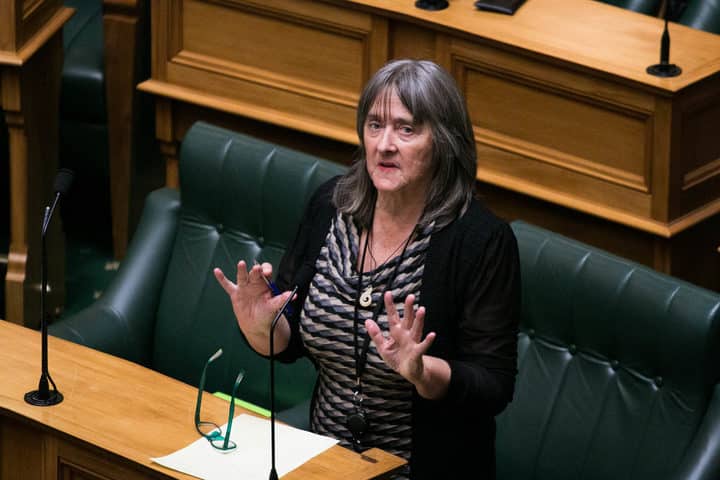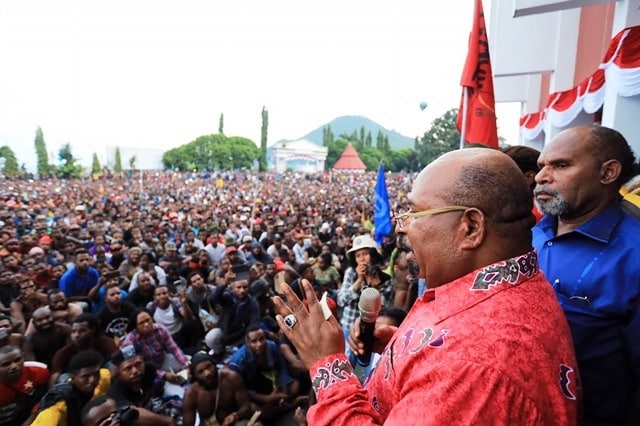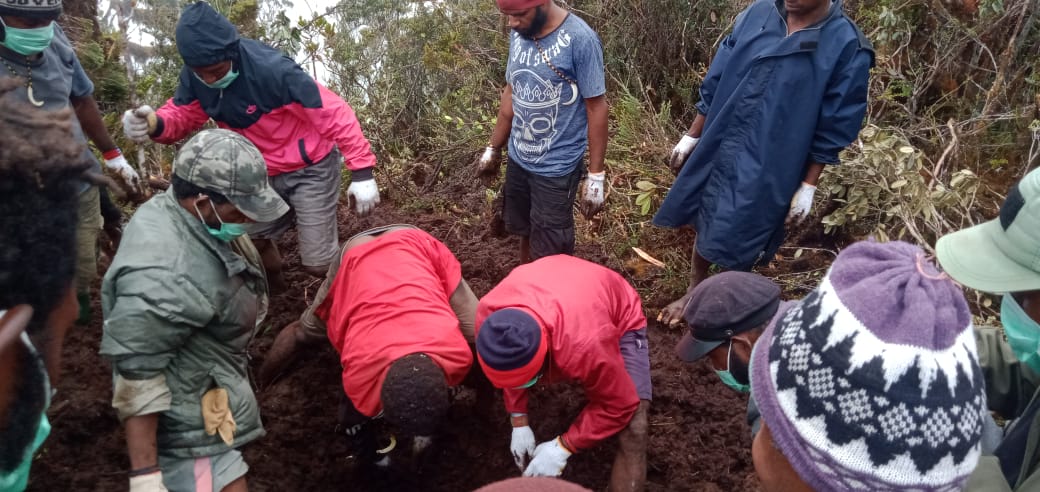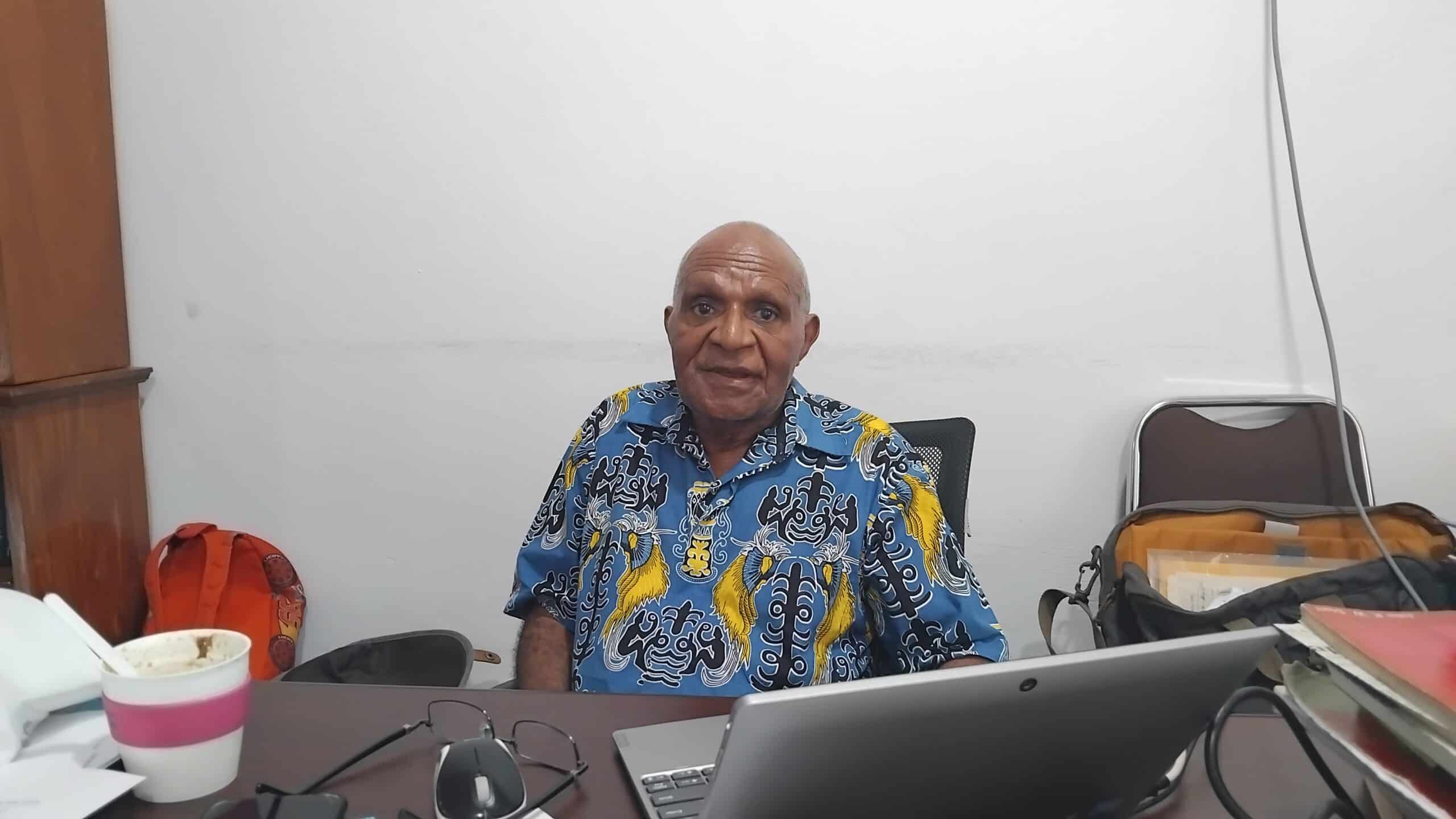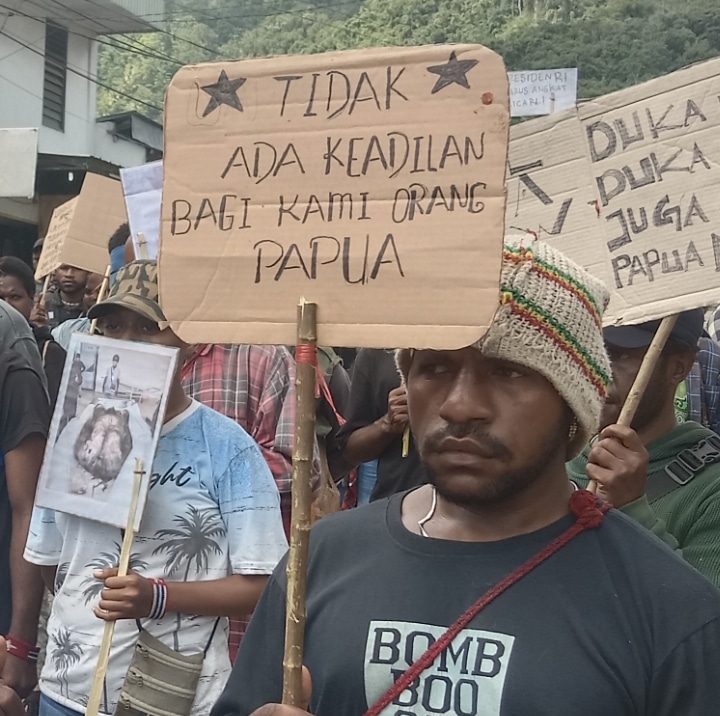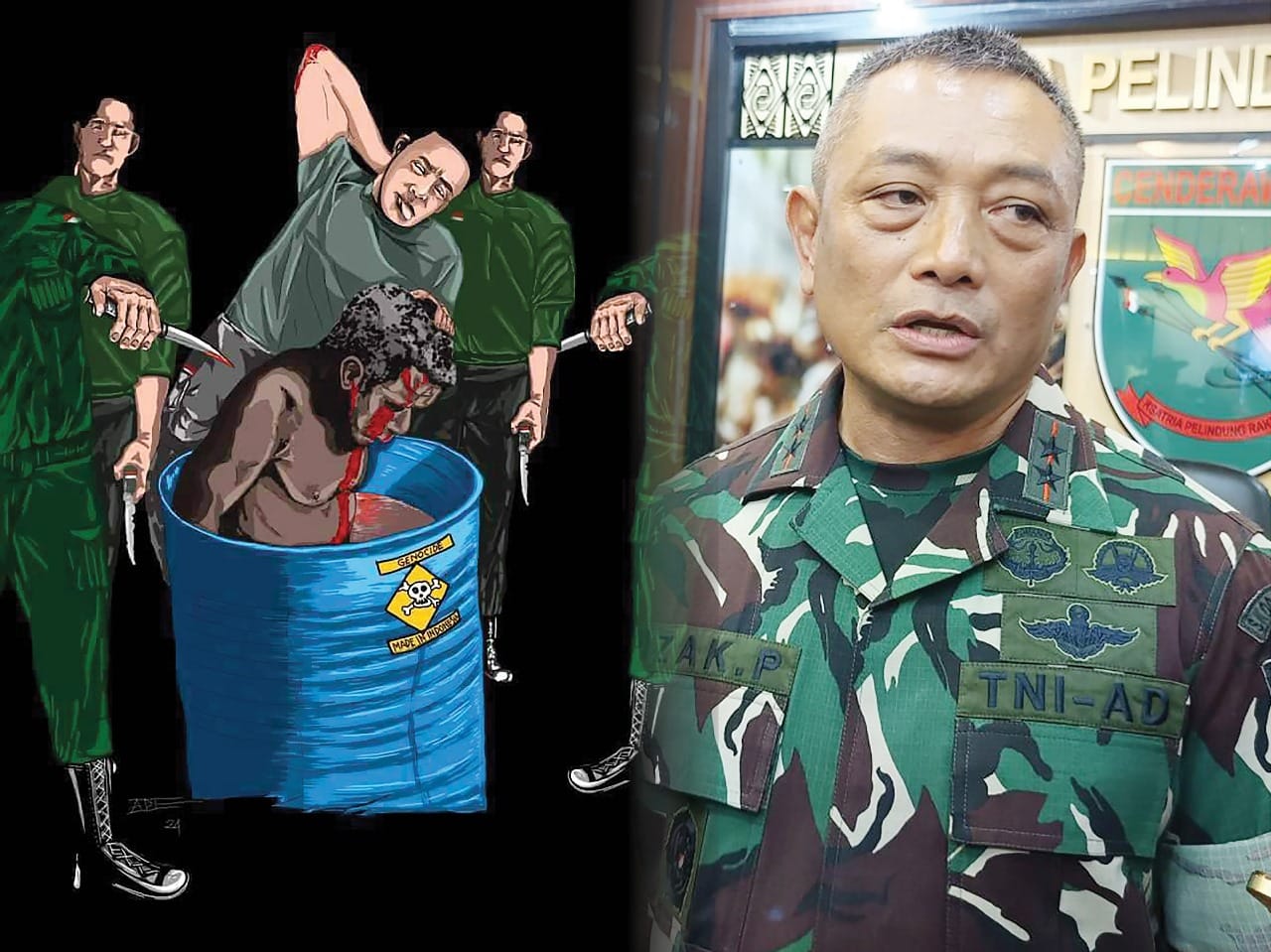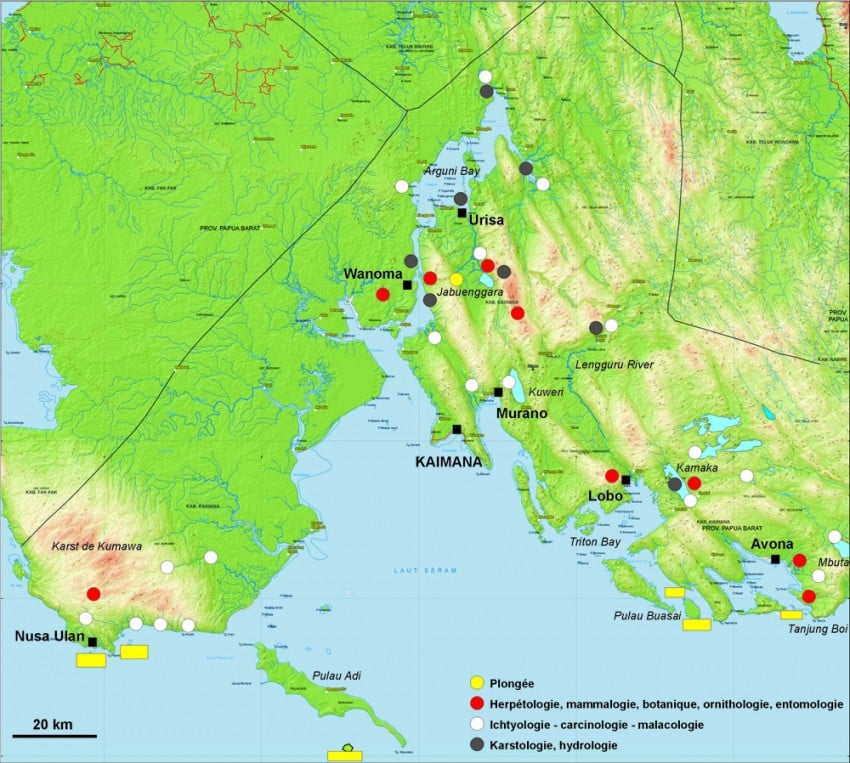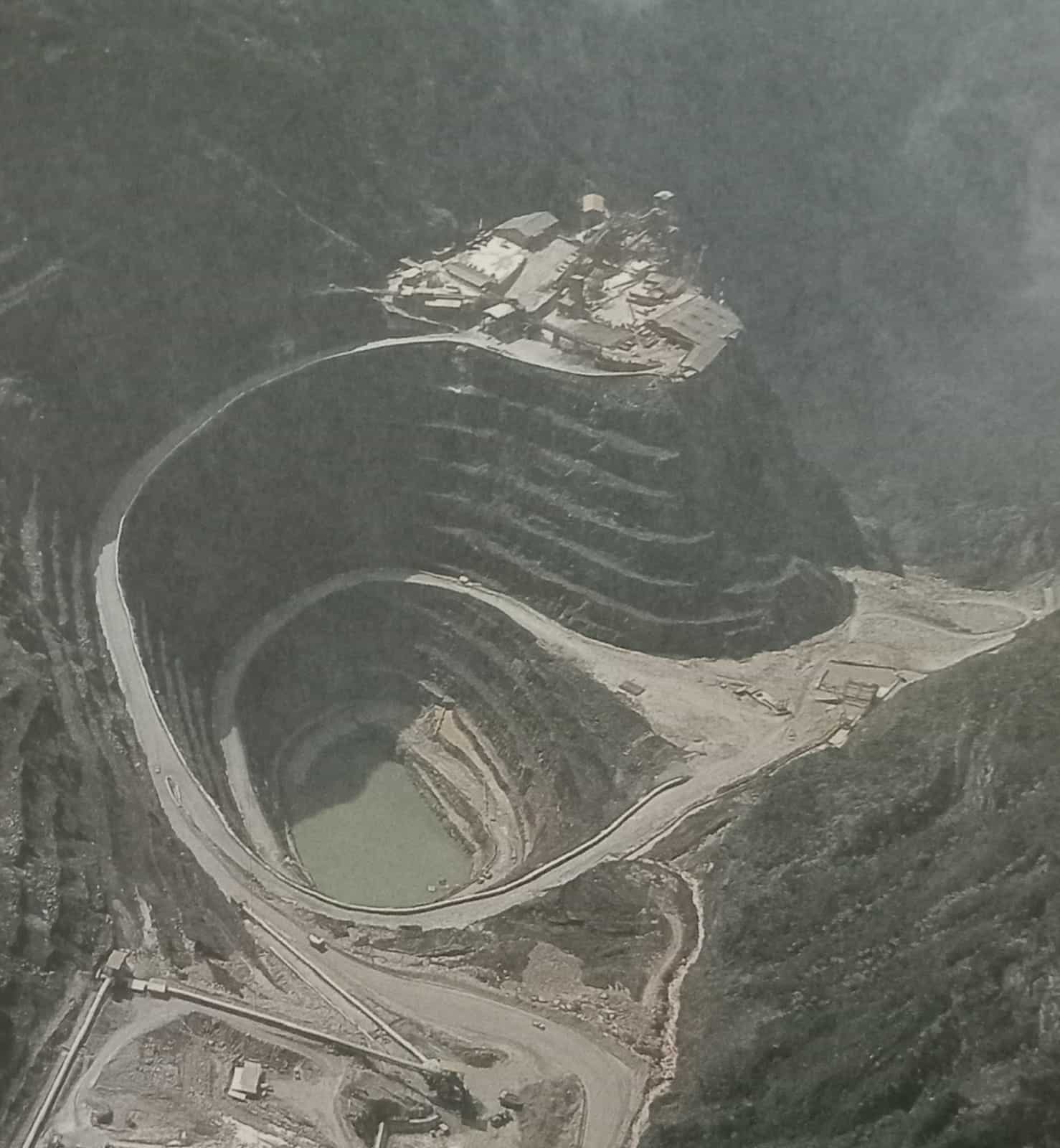
Jayapura, Jubi – This weekend (August 5 and 6) the protracted elections in Papua New Guinea (PNG) finally came up with a winner. Peter O’Neill’s People’s National Congress (tainted with accusations of corruption) won, but with a reduced majority.
The ABC commented that the average Australian knew more about “what Donald Trump had for breakfast” than they did about their neighbour PNG — partly due to the number of ABC journalists covering PNG being slashed from six to one.
Pre-European contact, the Sultan of Tidore in the Moluccas included the western “bird’s head” end of New Guinea in his sultanate, collecting a tribute of tortoiseshell and bird of paradise feathers, which were then traded all the way to China and Europe.
The first recorded European contact was in 1528, when a Spanish ship kidnapped three men from Manus Island and took them to the Philippines. One year later the ship passed Manus Island again and the three islanders jumped overboard and swam for shore.
In 1494 the world’s maritime trade had been divided between the Portuguese and the Spanish by the Tordesilla Line along the 321st meridian, dividing South America. In 1529, the circle was closed at the anti-meridian on the 141st meridian — the north/south line that divides Papua New Guinea from Papua in Indonesia to this day.
Before World War I, PNG was divided into German New Guinea to the north and British Papua in the south. Administered as one by Australia from 1914 until independence in 1975 and with a population of 7.1 million PNG qualifies as a millisphere. Another option is to combine the various tribes and languages into the one millisphere of “Papua” covering the entire island (total population 11.5 million).
The previously Dutch territory, once known as Irian Jaya, now the Indonesian provinces of Papua (3.5m) and West Papua (0.9m), could equally qualify as a millisphere. Before annexation by Indonesia in 1969 Papua/W Papua was almost entirely Melanesian, now, because of migration, the population is almost half Indonesian/Malay, colonising the lowlands for palm oil, while the Papuans are still the majority in the highlands.
Indonesia claims to have 11 million Melanesians, counting the Melanesian/Malay inhabitants, the Moluccas and East Nusa Tenggara, and there are another million Melanesian/Polynesians in the millisphere of Te Moananui (covering the Pacific) giving a total nearing 20 million.
The Melanesian Spearhead was formed in 1986 by Fiji, PNG, the Solomon Islands, Vanuatu and the Kanaks of New Caledonia to create a united Melanesian voice. The Melanesian Spearhead has a headquarters funded by China in Port Vila (Vanuatu) and it calls for a “free West Papua”, a position endorsed by New Zealand Maori and Australian Aboriginals.
Because half of all “Melanesians” are Indonesian, Indonesia has applied to join the Melanesian Spearhead and has appointed Tantowi Yahya as its ambassador to New Zealand and the Pacific.
The son of a plastic recycler from Sumatra, Tantowi rose to become a TV presenter and country music singer before turning to politics. His job, he says, is to correct the “misperception” about the Indonesian presence in Papua.
Meanwhile, in New Zealand this month, a small group of MPs from National, Labour, the Maori Party and the Greens signed a declaration calling for “an internationally supervised self-determination vote in Papua”.
The Free Papua Movement was formed in 1963. “We do not want modern life! We refuse any kinds of development: religious groups, aid agencies and government organisations. Just leave us alone!” they said at the time.
On YouTube you can find Anything Can Be Burnt, a video by Radio NZ’s Johnny Blades and Koroi Hawkins about their trip across the border from PNG into Indonesia’s Papua province, to report on the campaign for Papuan independence. “You should go to the highlands,” Johnny told me, “the gardens there are amazing.”
Agriculture is said to have started simultaneously in Asia, Europe and the Papuan highlands, where gardening is still practiced in the old way. Melanesians are differentiated by altitude, and their true homeland is in the New Guinea highlands — on both sides of the 141st meridian.(*)
Written by Fred Frederikse, a self-directed student of geography and traveler.
Source: nzherald.co.nz
Editor : Zely Ariane



